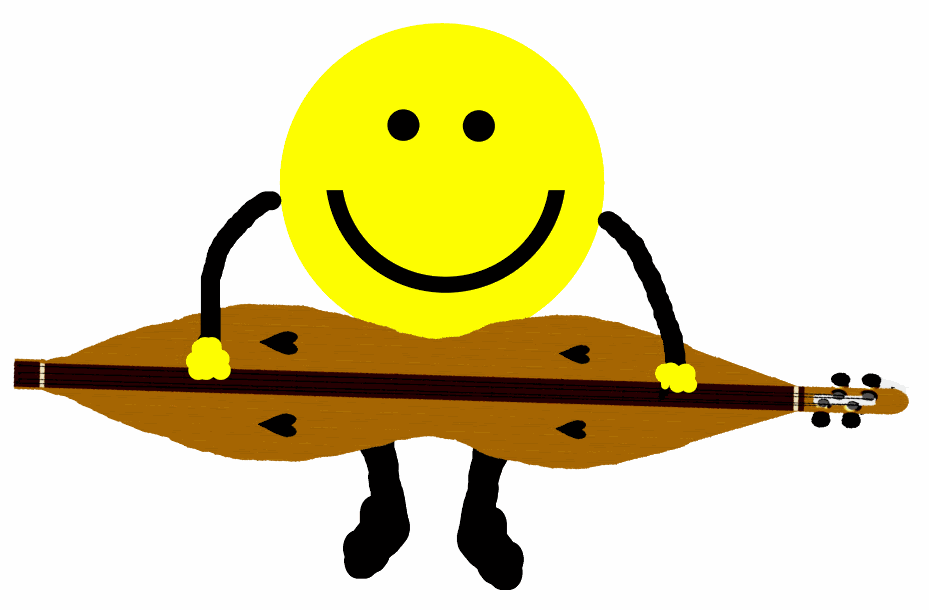Point of terminology, Phroedrick --- dulcimers do not have necks. Dulcimers have fretboards, with or without fingerboards. Necks extend beyond the soundbody, fretboards do not. Also, dulcimers seldom have a saddle. The vast majority have a bridge set on fretboard, or in a slot in the fretboard; even dulcimers with dis-continuous fretboards seldom have a saddle. Instead they use a banjo or violin style tall bridge.
In your discussion you mention both fretboard straightness, and bow. Dulcimer fretboards, especially old dulcimer fretboards, were often made with a distinct bow from say 3rd fret to 12th or thereabouts. The bow is/was intended to accommodate the elliptical nature of vibrating strings, being deepest near the 7th fret and shallowest at either end.
updated by @ken-hulme: 09/25/19 07:27:38AM





